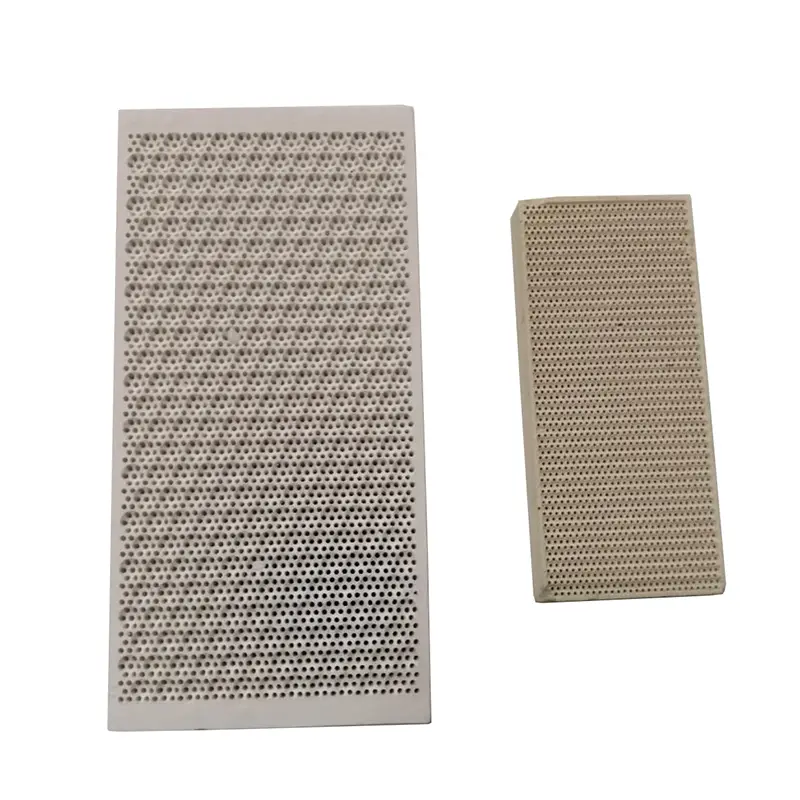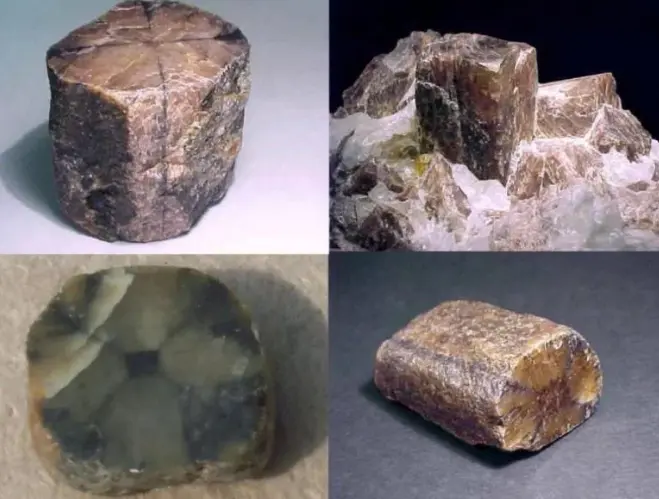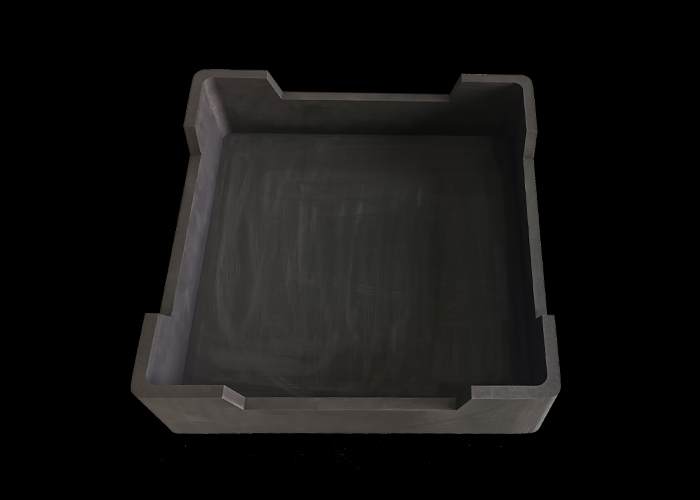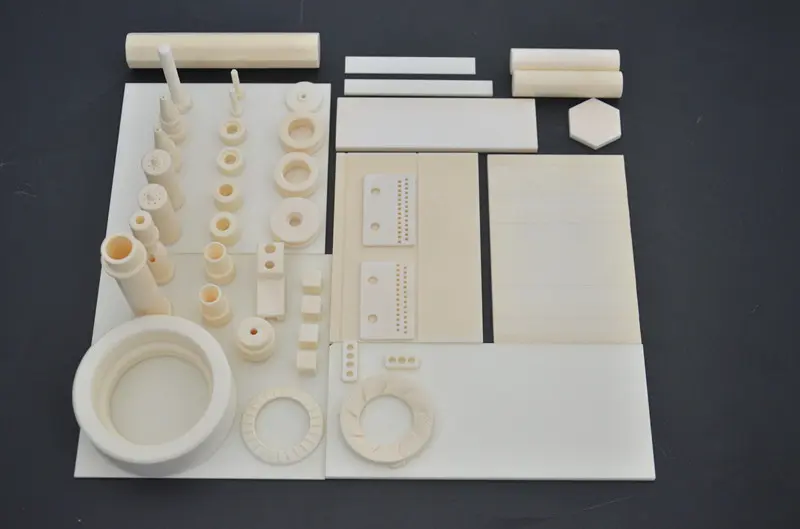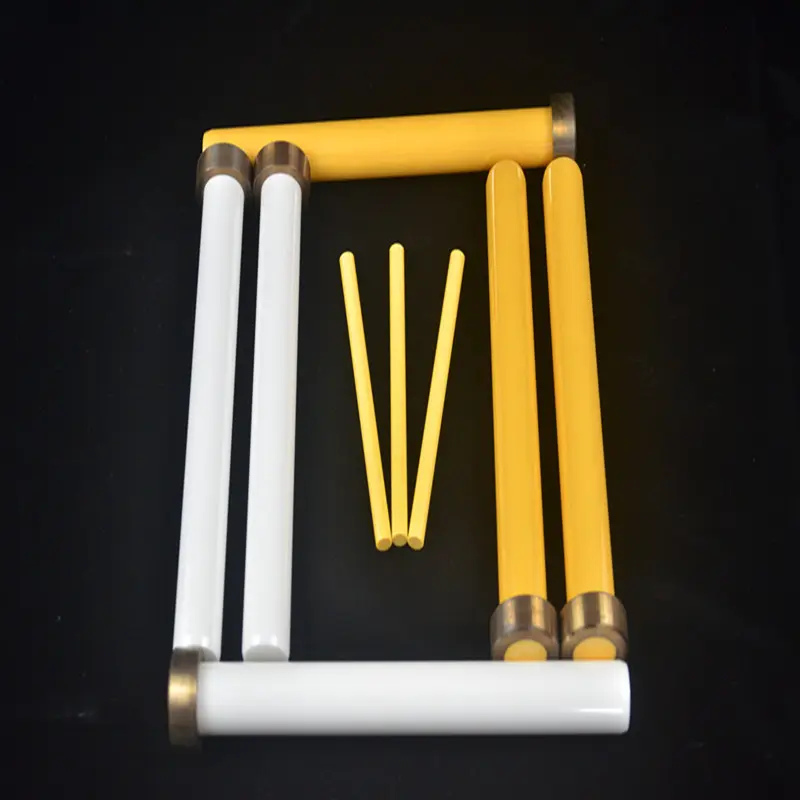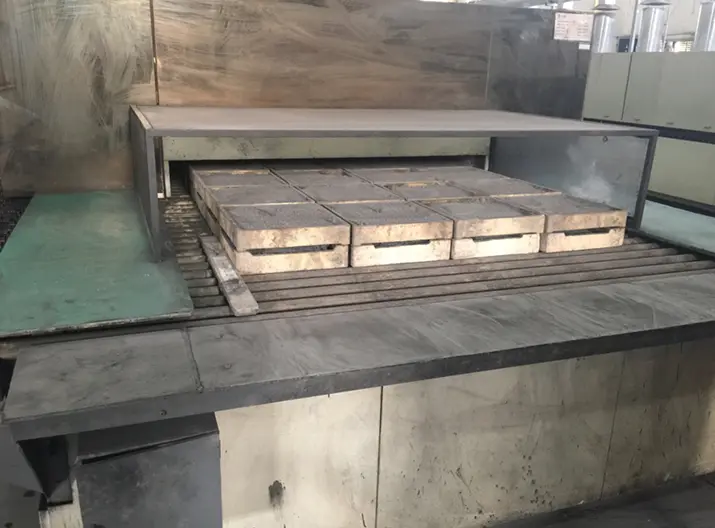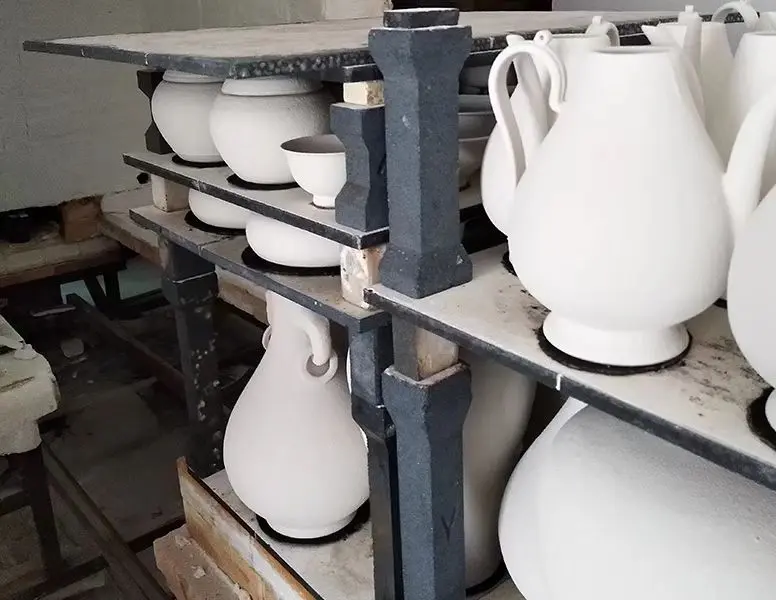The Role and Characteristics of Refractory Saggers in Pigment Sintering
Its primary function is to act as a protective container during the critical sintering process. Sintering, where powdered pigment precursors are heated below their melting point to fuse into dense, stable particles with intense color, presents unique challenges. Volatile components (like cadmium, selenium, or sulfur compounds essential for vibrant reds, yellows, or oranges) readily vaporize at sintering temperatures. Simultaneously, contaminants from kiln atmospheres (combustion gases, dust, vapors from other materials) or direct flame impingement can ruin pigment purity, consistency, and color development. The sagger encapsulates the pigment batch, shielding it from these detrimental external influences and containing volatile elements within its controlled microenvironment, ensuring stoichiometry is preserved for accurate hue and performance.
The characteristics of an effective sagger are dictated by this harsh duty:
-
High Refractoriness: Must withstand sustained temperatures typically ranging from 800°C to well over 1300°C (depending on the pigment) without softening, deforming, or melting. Common materials include high-alumina ceramics (60-90% Al₂O₃), mullite (3Al₂O₃·2SiO₂), cordierite (2MgO·2Al₂O₃·5SiO₂), and silicon carbide (SiC). SiC offers exceptional thermal conductivity and strength but is costlier.
-
Excellent Thermal Shock Resistance: Kiln cycles involve rapid heating and cooling. The sagger material must resist cracking or spalling induced by these thermal stresses. Cordierite is particularly valued for its low thermal expansion coefficient, while engineered alumina compositions and specific bonding systems enhance this property.
-
Chemical Inertness: Must resist reaction with the highly reactive pigment compounds and fluxes at high temperatures to avoid contamination. Any leaching or interaction can alter pigment color, reduce brightness, or create surface defects. High-purity raw materials and stable crystalline phases (like corundum in alumina) are crucial.
-
Controlled Gas Permeability/Impermeability: This is a nuanced characteristic. While the sagger needs to be porous enough to allow combustion gases to escape (if used in fuel-fired kilns) and prevent pressure build-up from volatiles, it must not allow uncontrolled influx of external contaminants or excessive loss of volatiles. Design often involves optimizing wall thickness and microstructure.
-
Mechanical Strength: Must retain structural integrity at peak temperature and support the weight of stacked saggers and their contents during repeated kiln loading and unloading cycles. Hot Modulus of Rupture (MOR) is a key metric.
-
Dimensional Stability & Stackability: Precise shaping ensures consistent packing density within the kiln for uniform heating and efficient space utilization. Saggers are designed with flat bases and lids or interlocking features for stable stacking.
-
Long Service Life: Resistance to thermal fatigue, creep at temperature, and chemical degradation is essential for economic viability. High-quality saggers endure dozens, even hundreds, of sintering cycles before replacement.
In essence, the Refractory Sagger is far more than a simple container. It is a precisely engineered, high-performance component that creates and maintains the critical micro-environment necessary for successful pigment sintering. By providing physical protection, thermal management, volatile containment, and contamination exclusion, it directly enables the production of pigments with the required color consistency, purity, stability, and yield. Its robust characteristics – refractoriness, thermal shock resistance, chemical inertness, and mechanical durability – are fundamental to overcoming the extreme challenges of the sintering furnace, making it an unsung hero in the vibrant world of pigment technology.


